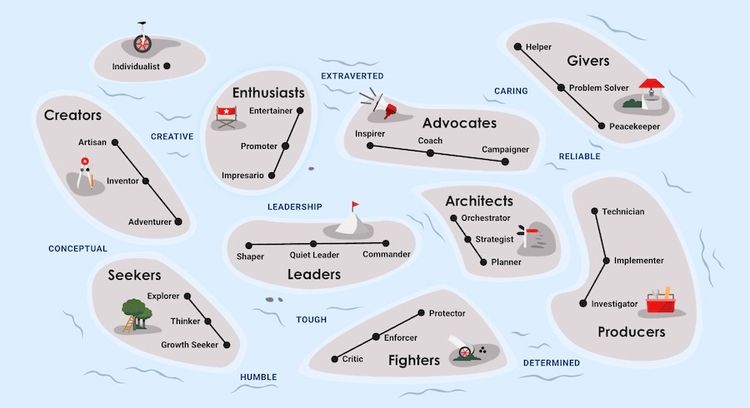The 80/20 rule

More than a century ago, the Italian economist Vilfredo Pareto discovered that approximately 80% of Italy's land was owned by 20% of the population. Today, we know this "80/20" rule to hold for most things in nature and in society, from agricultural yields to incomes to success in sports.
If we want to move closer to minimalism, we can use the 80/20 rule to eliminate most of our possessions. For example, we could keep only the 20% of clothing we wear 80%+ of the time. In my case, I wear the same two shirts, the same three pairs of socks, and the same pair of shoes at least 80% of the time.
If we want to manage our time better, we can use 20% of our time to complete deliverables to approximately 80% - and then get feedback on it. In my daily work, I never aim for perfection with first drafts of anything. In general, it takes 2-3 iterations before we can reach the final draft - regardless of how much time we spend with the first iteration.
If we want to build a product, spend 20% of the time to get 80% of the initial features of what we believe to be the minimum lovable product. If it gains traction, we can spend more time to build features. If no one loves it, we'll be glad that we didn't spend 5x as much time to build someone nobody wants.
20% of our customers produce 80% of our revenue. 20% of computer bugs are responsible for 80% of program crashes. 20% of sports teams win 80% of the championships.
Look for ways to apply the 80/20 principle. It will lead to less stress and more productivity.




